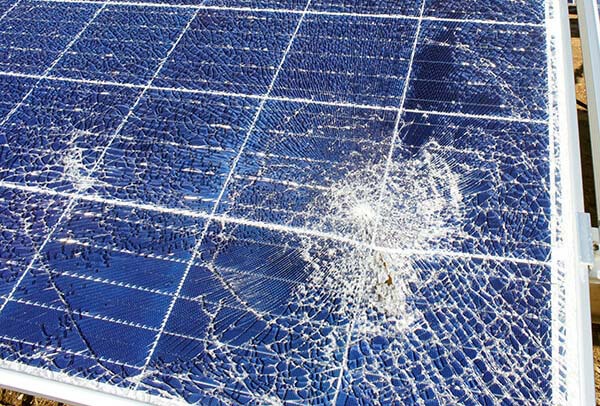Opinion
- The rooftop solar market exploits a niche customer to a great extent without considering the knock-on consequences.
Real estate professionals will tell you that the value of your property is all about position, position, position. That is changing in the commercial and industrial (C&I) market, where the value of buildings’ rooftops and parking spaces is looking ever-more lucrative.
Occupants or passers-by rarely see the rooftop of buildings, but this previously forgotten space is gaining prominence as ideal for solar installations. Many C&I structures have expanses of roofs and open parking that can double up as power generators and battery banks. For the fast-moving consumer goods industry, it covers (pun intended) their basic need. That is to save on electricity costs while positioning themselves as environmentally friendly.
According to the university’s CFO, Lateef Kareem, they needed a tailored solution that ensured consistent power supply while optimising energy costs. Through this investment, the university aims to attract the country’s growing number of learners to join their over 6,000 students across six faculties.
What’s the catch?
At face value and considering how consumerism has evolved – where buyers examine the environmental impact of those they associate with – the university is set on an appropriate course. The projected figures show their solar system could prevent over 14,888 tons of CO2 emissions over the project’s lifetime. Furthermore, the installations will be one of the first in Nigeria to generate carbon credits. This is a subsect of renewable energy technologies set to peek.
Allow me to state that installing rooftop solar and other renewables is the right thing to do. Who wouldn’t shop at a store with climate-friendly initiatives? One such store is in Somerset West (a suburb in Cape Town, South Africa) that declared to run entirely off wind and solar resources last week.
While a 635kWp rooftop solar PV installation will generate 35% of the shopping centre’s electricity, the remaining 65% (1,752MWh) is from Eskom’s wind plant. The wind portion is through the utility’s Renewable Energy Tariff (RET) programme, allowing customers to source 100% of their electricity from renewable resources.
Specific to South Africa, as the Electricity Regulation Act is due for an overhaul, and the market welcomes the increase in the distributed energy resources threshold to 100MW, an unsavoury element lurks.
The dark side of renewables is at the far end of the cradle-to-grave cycle, where solar modules become hazardous waste. As of August 2021, solar panels are banned from entering South African landfills. However, GreenCape noted that regulation and enforcement of landfill bans are complex. Solar panels in various forms or stages of destruction would probably still find their way into landfills, and better enforcement measures need our attention.
Waste problem looming
It may seem way off, but as more shopping malls and housing complexes embrace solar panels, we do need to spare a thought for what happens down the line. Why? Well, buildings have decades’ long lifespans, and solar panels are only viable for two at the most. Consider a 1.8MWp installation that consists of 3,334 rooftop solar panels and what will happen to these 3,334 panels at the end of their lifespan.
We have all experienced how fantastic regulation comes to nought in the face of implementation and enforcement. What can we do to stop the disqualification of the climate-change renewable wins as they enter the end of their lifecycle? Because it will happen.
Author: Nicolette Pombo-van Zyl
Nicolette is the Editor of ESI Africa print journal, ESI-Africa.com and the annual African Power & Energy Elites. She is passionate about placing African countries on the international stage and is driven by the motto “The only way to predict the future is to create it”. Join her in creating a sustainable future through articles and multimedia content.
Meet Nicolette on 7-9 June at Enlit Africa 2022 taking place at the CTICC in Cape Town at the ESI Africa studio. To book a studio slot and your coverage in Issue 1, contact Amelie Lozano. Note that due to COVID-19 restrictions we will have fewer slots available than in previous years; therefore, pre-booking is essential.
This article was originally published on ESI Africa and is republished with permission with minor editorial changes.


















